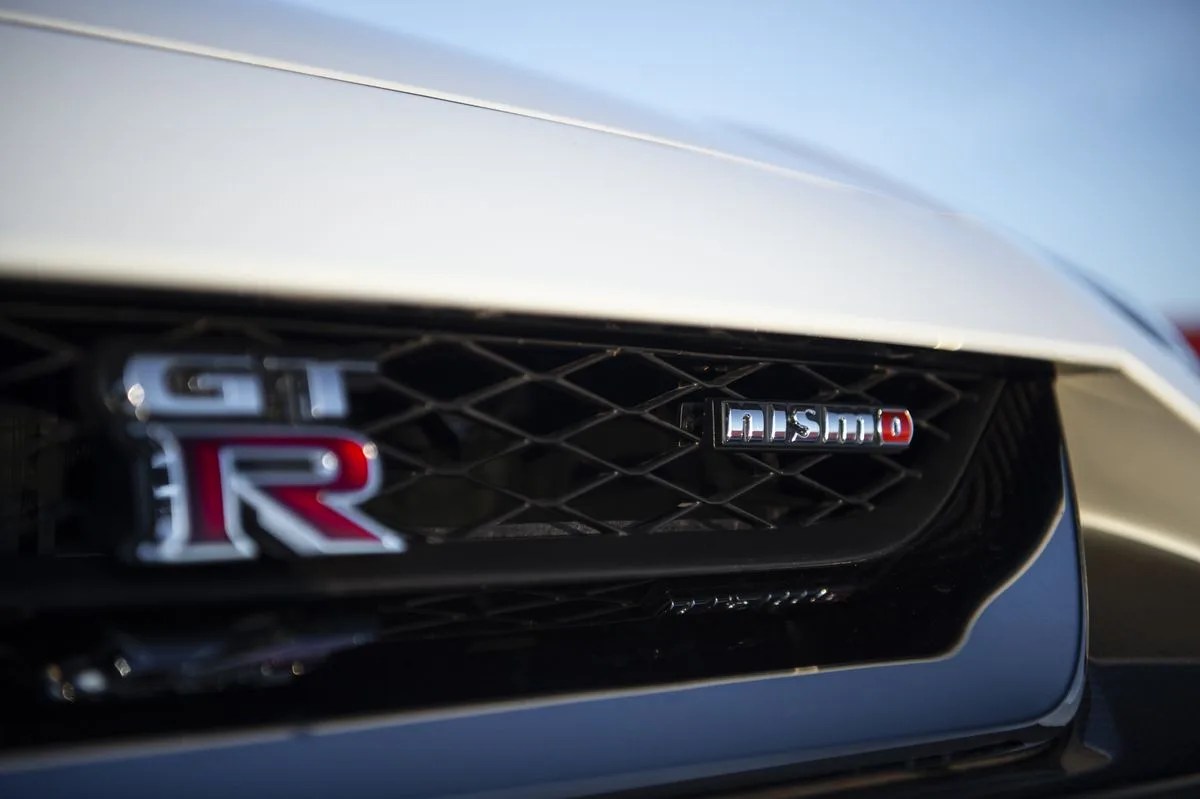The Nissan GT-R is many things — sports car icon, flagship, inspiration for a thousand kaiju jokes — but if we were forced to pick just one adjective to cover the current R35-generation car, it’d be hard not to choose: old.
The current GT-R has been in production since December 2007; to put that in perspective, when it first started rolling off the assembly line, Barack Obama was still the long-shot runner-up for the Democratic presidential nomination, Kanye West’s “Stronger” was still on the Billboard Hot 100, and I Am Legend was just landing in theaters. Periodic updates have kept the performance and interior improving, but not enough to keep pace with its competitors — especially considering the rapidly-rising price — and the design remains all but identical to those first cars that rolled out when Elon Musk was merely an employee of Tesla, instead of its CEO.
But the R35 GT-R’s long career may be coming to an end in a couple years, according to Automotive News. Their latest long-term product planning report claims that a new Godzilla will arrive by 2023, possibly packing a wild hybrid powertrain.
If you’re picturing something along the lines of a Nissan Leaf battery crammed under an R35’s floorboards, though, think again. The AN report claims the brand is thinking about using a kinetic energy recovery system for the new car, rather than a traditional hybrid setup. Think Formula 1, not Prius; the system would reportedly be inspired by the one in Nissan’s short-lived Le Mans racer, which used flywheels, not battery packs, to store up energy released by the brakes and then shoot it back to the wheels.
Of course, this is just one of many rumors past and present to swirl around about the GT-R’s future. As the folks at Motor1 pointed out, we’ve recently heard that the next-gen car won’t be a hybrid (after years of being told it would be), as well as that it could be delayed all the way until 2027. Still, Automotive News is generally one of the most reputable publications in the car world, so if they say Nissan is at least considering this, we’d take them at their word — and cross our fingers that the company decides to make it a reality.
